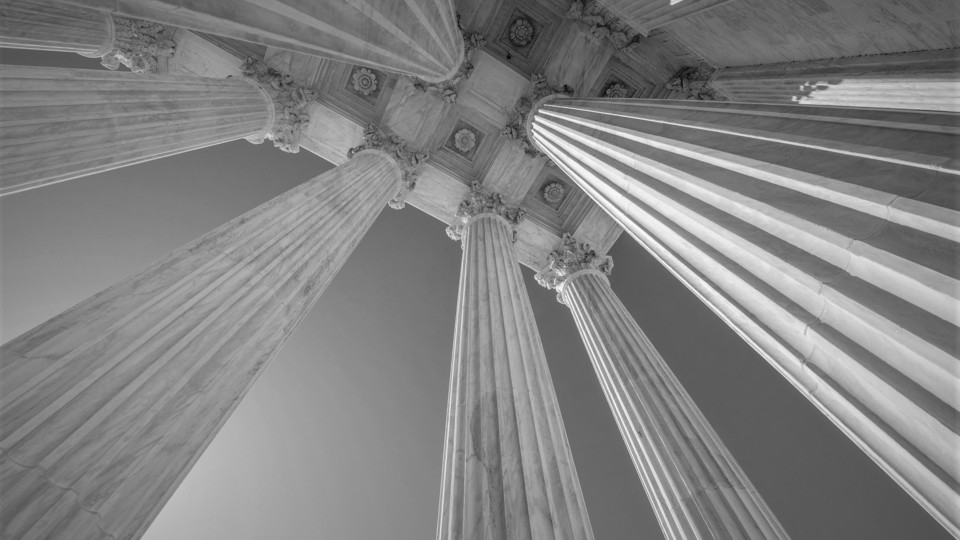NCAA student athlete compensation
When famed basketball player Ed O’Bannon wanted to talk to a lawyer about a video game, few realized the lasting impact it would have on college athletics. O’Bannon was bothered that no one had asked him for permission before including him - and thousands of other real-life college athletes - in Electronic Arts’ NCAA football and basketball videogames.
Electronic Arts was making millions with these realistic games, depicting actual players, without compensating O’Bannon or his fellow former college athletes because the NCAA, its member schools, and its corporate partners had all agreed not to share revenue with college athletes in any form.
Action
Spurred on by O’Bannon’s discoveries, Hausfeld filed a class action lawsuit alleging that the agreement among the NCAA, its member schools, and their commercial partners prohibiting current and former Division I men’s basketball and football players from receiving compensation for the use of their names, images, and likenesses constituted a violation of federal antitrust laws. Rather than allowing free and fair competition, the NCAA operated as a cartel, preventing athletes from licensing their own images for television broadcasts, rebroadcasts, and videogames.
Prior to this unconventional lawsuit, college athletes were generally regarded as “amateurs” undeserving of payment, despite the immense popularity of college athletics and the staggering resulting revenue to the NCAA and its member schools. As the media began to follow the O’Bannon lawsuit more closely, public opinion began to shift and people recognized the injustice of denying college athletes a portion of those staggering revenues. Time Magazine’s cover story in September 2013 declared “It’s Time to Pay Student Athletes,” and newspapers and commentators around the country echoed the call.
Outcome
After five years of litigation, the class that Hausfeld represented reached a $40 million settlement agreement with defendant Electronic Arts, leaving the NCAA as the remaining defendant. Following a three-week trial in California, Judge Claudia Wilken found that the NCAA “exercises market power, fixes prices, and restrains competition” and that its agreements had violated antitrust laws, ultimately ordering the NCAA to authorize additional payments of up to roughly $75 million each year to college athletes - in perpetuity. The Ninth Circuit Court of Appeals affirmed the NCAA’s violation of the antitrust laws and upheld critical injunctive relief.
Following our trial team’s victory, Global Competition Review awarded Hausfeld its “Litigation of the Year – Non-Cartel Prosecution” recognition for this case, and the American Antitrust Institute likewise honored Hausfeld with its Outstanding Antitrust Litigation Achievement in Private Law Practice.
We are proud that our pioneering work accomplished lasting change and reform in college athletics, resulting in millions of dollars each year for college athletes to fund their education, cover travel and medical expenses, and secure pre-professional training as they enter the work force. The national dialogue over paying college athletes continues today, and Hausfeld remains at its center, frequently called on as experts in the field to offer opinions and thought leadership on this important topic.

